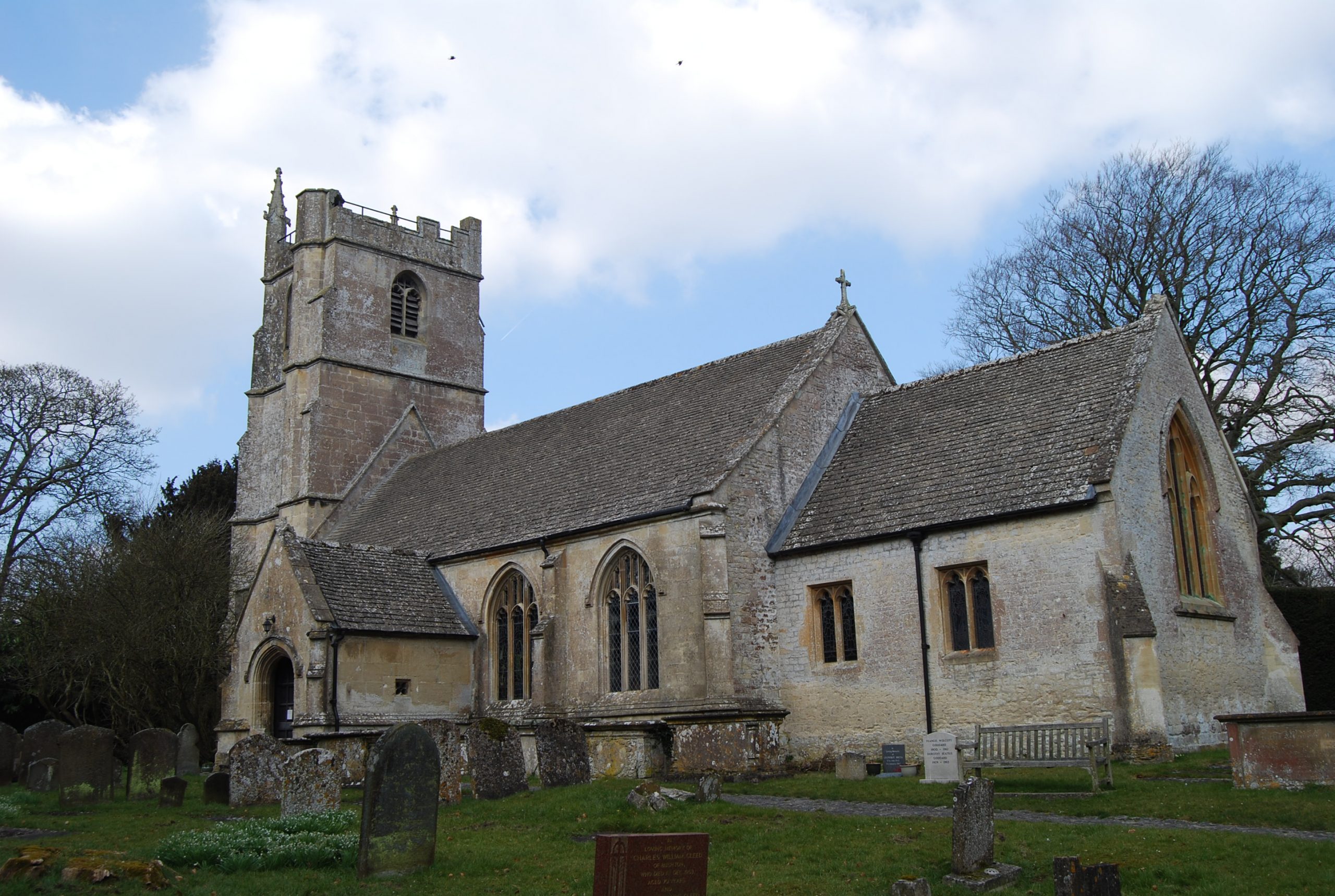I’ve always enjoyed visiting parish churches while travelling around the UK and having spent 35 years working in Church of England primary schools, there was always a parish church attached which was visited frequently by the pupils and staff. Wiltshire itself has 375 parish churches within its borders and they are within 2 dioceses, that of Bristol and Salisbury. 21 of those churches are in the care of the Churches Conservation Trust which means they are rarely used for services but remain open for visitors. Of the 354 others, 119 are grade 1 listed and a further 133 at grade 2*, these include St. Bartholomew’s Corsham, St. Andrew’s Chippenham and Calne St. Mary’s. Building styles go from Norman, as seen at St. Christopher’s in Ditteridge, through Early English, as seen at Sherston and continuing into the Decorated period which we can enjoy in a visit to Edington church, a fine building both inside and outside. Finally we move on to the Perpendicular period and here the 15th century has left us some wonderful structures including notable examples such as St. Mary the Virgin, Steeple Ashton, St. Sampson at Cricklade and St. Mary’s, Calne. Churches also range in size from the smallest in Wiltshire at Fifield Bavant, St. Martin’s, to one of the largest at St. Mary’s Wilton, one of two grade 1 listed Victorian churches in the county, the other being at Sutton Veny.
In my travels around the county, visiting churches, I’ve been accompanied by my friend Mollie, who patiently reads out the descriptions of the church as written by Nikolaus Pevsner or by Brian Woodruffe in the book entitled ‘Parish Churches of Wiltshire: a guide’ published by the Wiltshire Historic Buildings Trust. An Ordnance Survey map is also essential as some churches are often hidden from view along country lanes or situated at the end of a rough track as at St. Peter’s, Blackland, on the outskirts of Calne. Over the last 10 years we have visited between 80 and 90 churches and in most cases they have been open for viewing, those that are locked, for security reasons, can be viewed by contacting the Churchwarden and arranging a visit at an appropriate time. We recently did this to see the interiors of 3 churches on one morning, those at Charlton, Hankerton and Minety. To have a personal guided tour was most helpful and various points of interest were photographed and documented for future use in the talks I give.
Once you have located the church building, you are always hopeful that it will be unlocked. For security reasons many parish churches remain locked, but a telephone call in advance of a visit can be most helpful. Some buildings look quite plain and perhaps uninteresting from the outside, but once inside you discover hidden gems. For example, when visiting recently All Saints church at Oaksey, once inside you are captivated by the early 15th century wall paintings which were deliberately painted over in lime wash in 1547 and not discovered until 1933, they are truly wonderful to see and currently the church is raising money to restore them. Alternatively you can visit St. Peter’s at Clyffe Pypard and discover the tombstone to Sir Nikolaus Pevsner in the churchyard and inside you will find the 18ft high monument to Thomas Spackman who died in 1786 and is buried there. Born in the village he became a master carpenter, made his fortune and donated money for the education of poor children in his home village. The sculpture, by the Royal mason John Devall is superb and would grace any abbey or cathedral, but it’s here, in Clyffe Pypard for all to see.

Wiltshire also contains two parish churches that are unique in England for they not only have a west tower but a central tower with a spire. The 3rd such church is to be found in Ormskirk, Lancashire, but Purton St. Mary’s has the best example followed by Wanborough St. Andrew’s. The churchyard at Purton has a fine tapered chest tomb for Nevil Maskelyne, Astronomer Royal for 46 years and during that time he was at odds with John Harrison who made his wonderful time pieces to determine longitude. Purton church is certainly a building to visit and is always open.

On my recent visits to parish churches in North Wiltshire last Autumn, I was privileged to be granted access to the Base Chapel at MOD Lyneham, formerly RAF Lyneham. It is now the home for the R.E.M.E, the Royal Electrical & Mechanical Engineers and the Chaplain, the Rev. Stephen Thatcher, showed me around this unique place of worship. When the R.E.M.E base closed at Bordon in Hampshire, all the fittings, stained glass windows etc, were brought and installed at Lyneham. Amongst the items at Lyneham is the wonderful oil painting by David Shepherd, the renowned railway and wild animal artist, entitled ‘Christ on the Battlefield’. It measures 18ft long by 15ft high and is probably worth £500,000+. To view this painting was certainly for me a most moving moment and though the building is not a parish church in one sense, it is the church, a place of worship, for those who live and work on the base.


My visits to parish churches continue again this year and only yesterday, I spent some time, with my friend Mollie, viewing the glorious Edington Priory Church of St. Mary, an excellent example of an English Parish Church.
Michael Rumsey
Exploring Wiltshire’s Parish Churches
